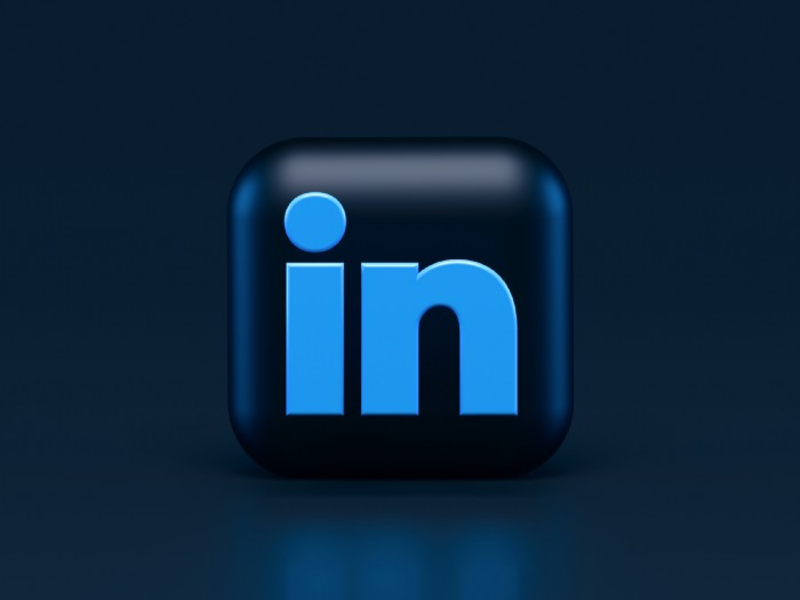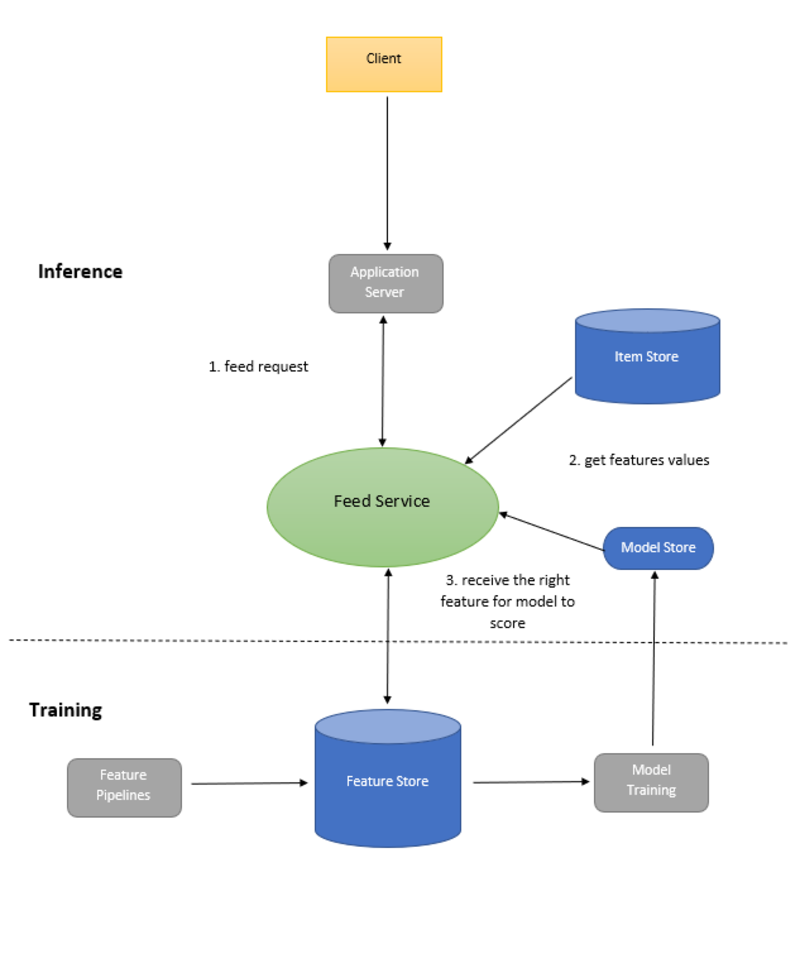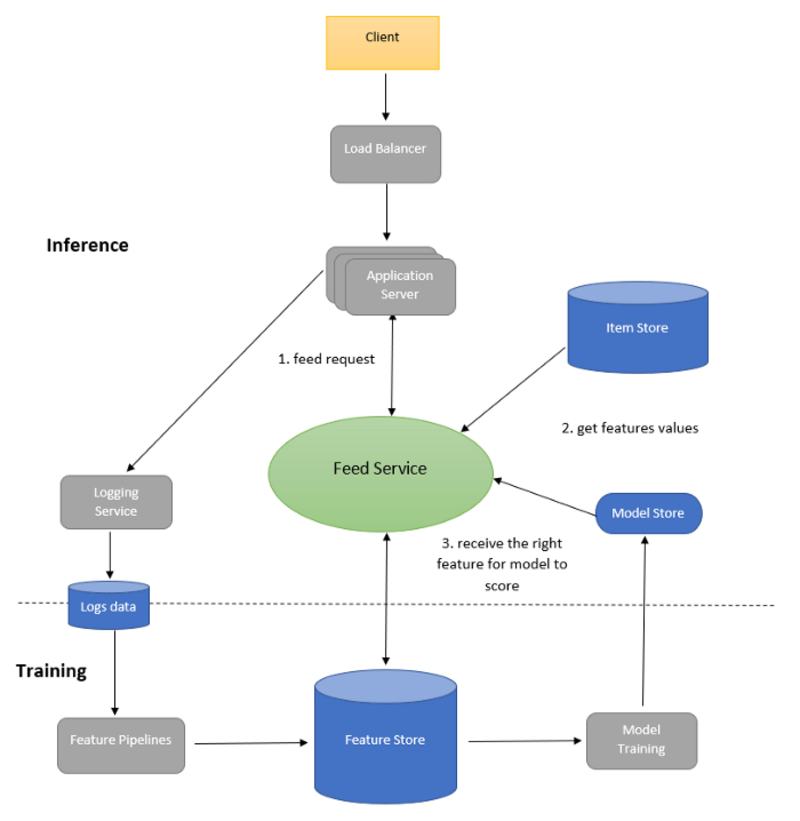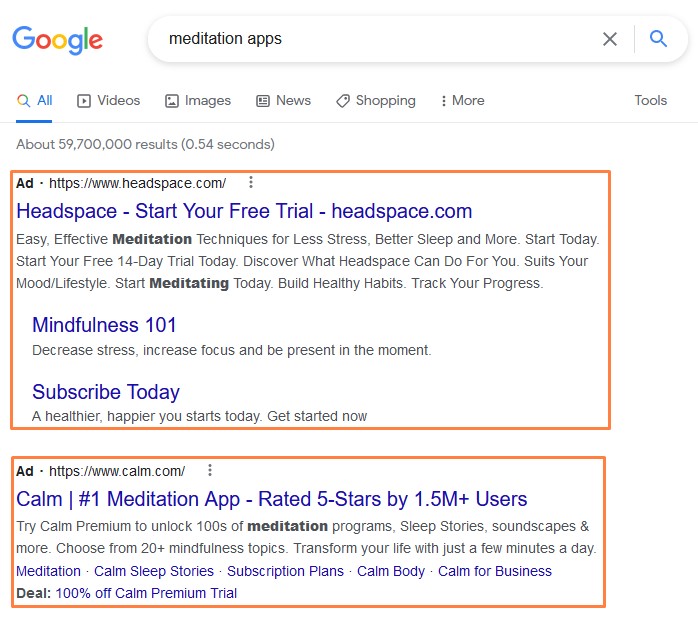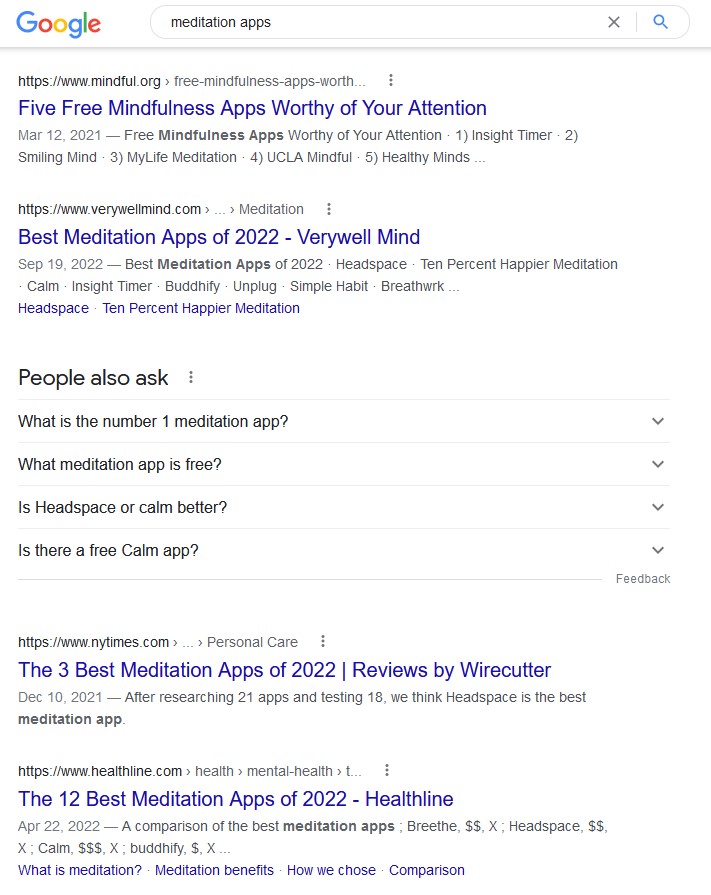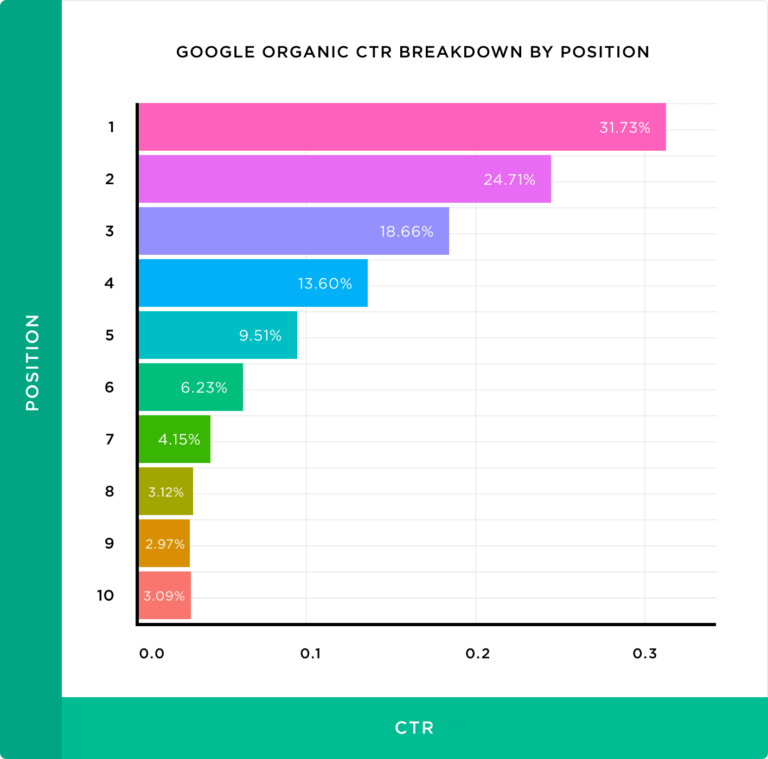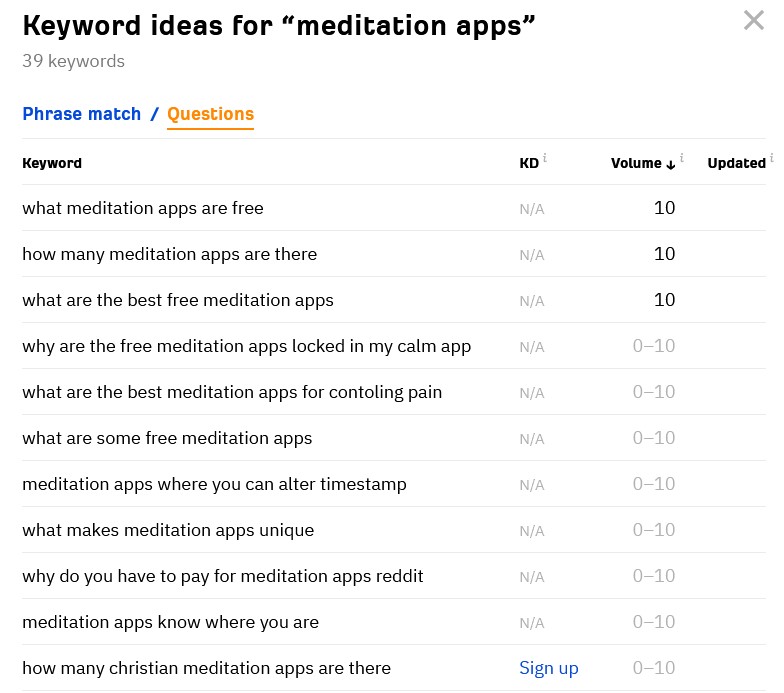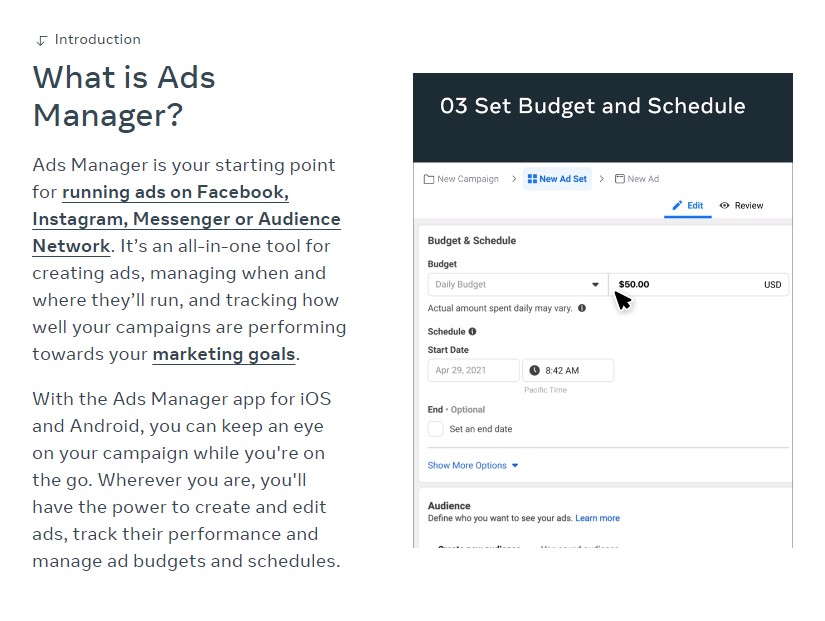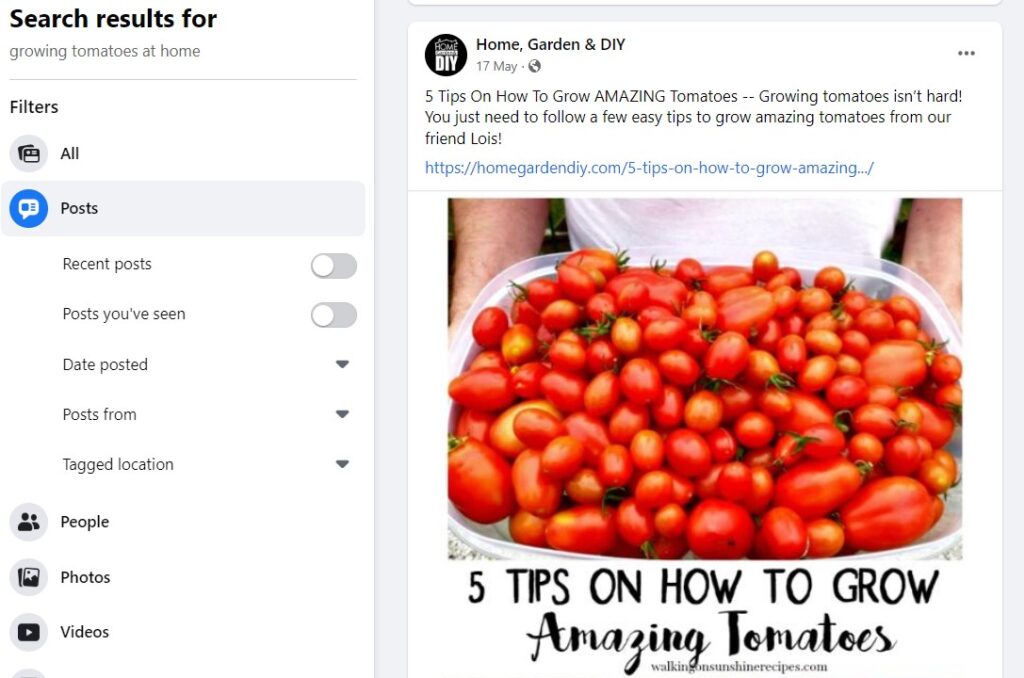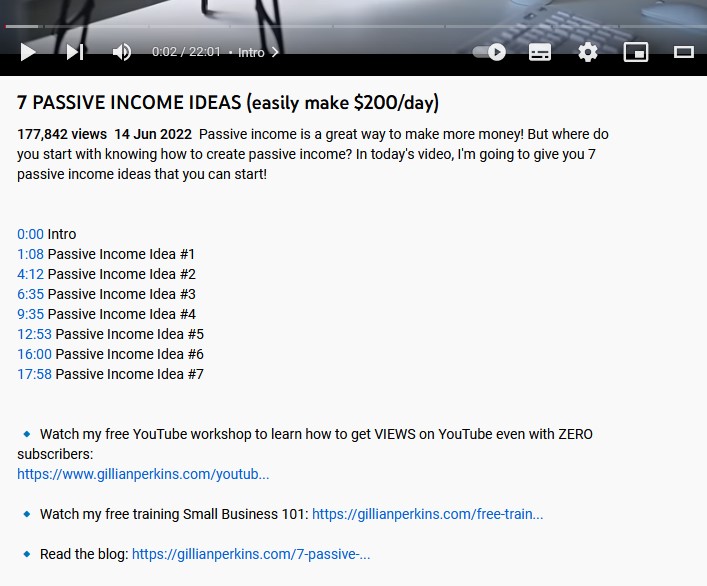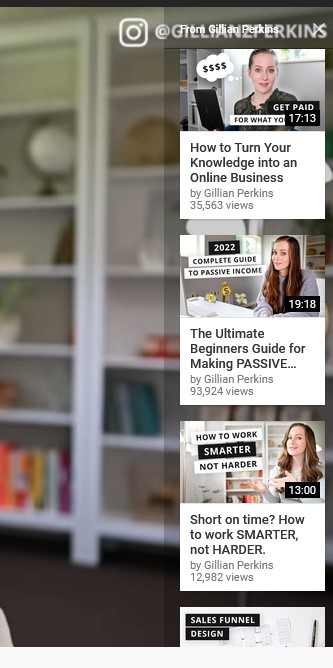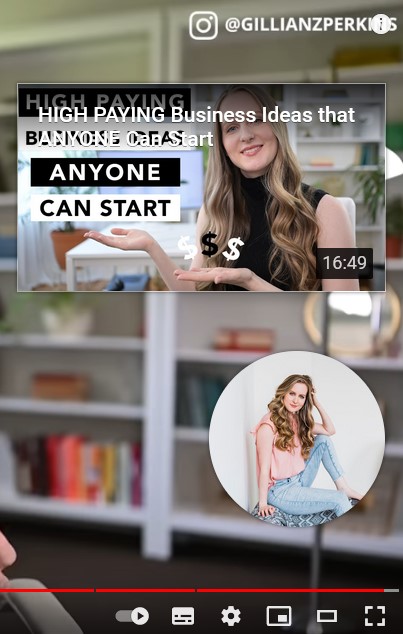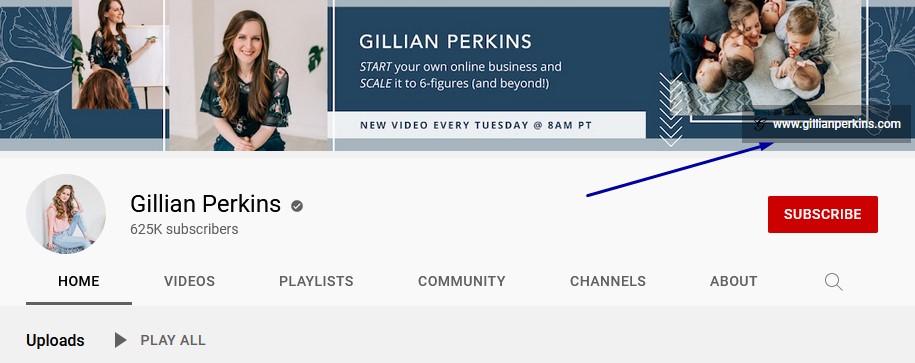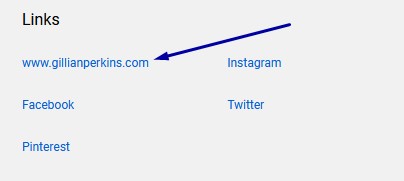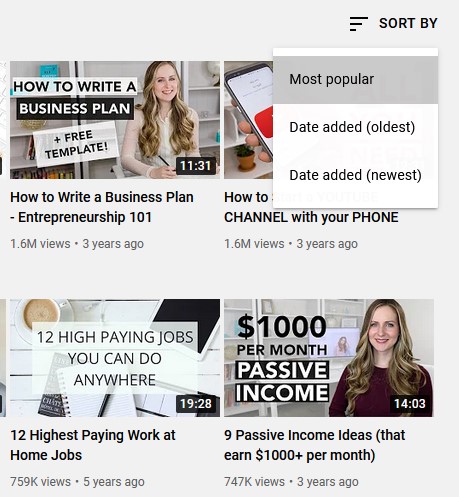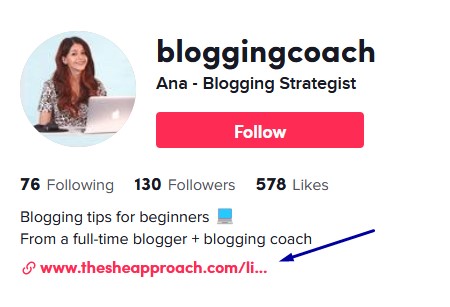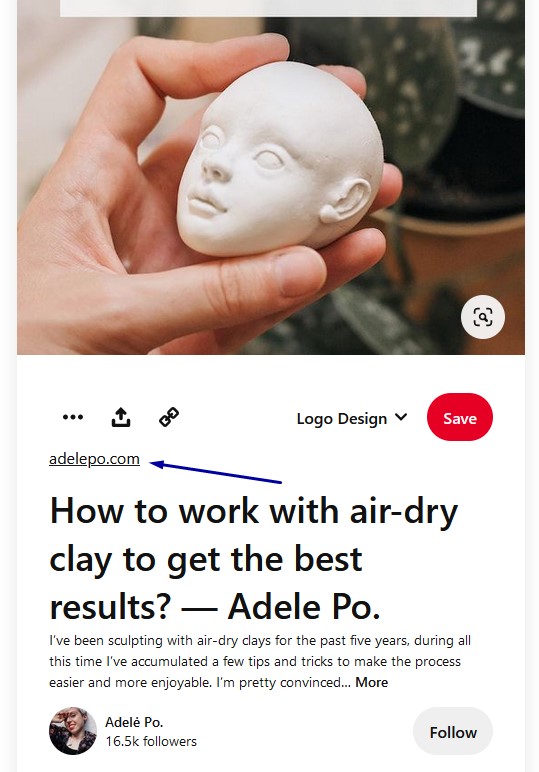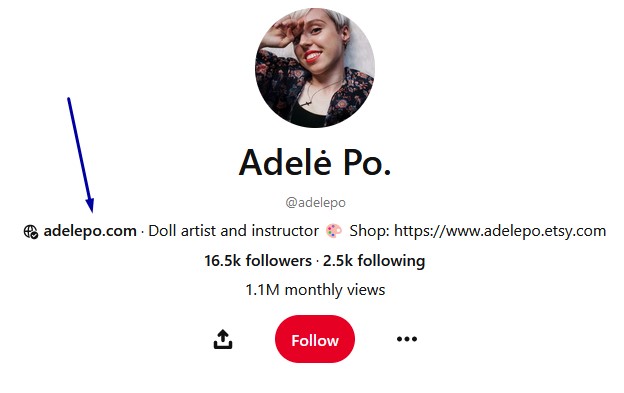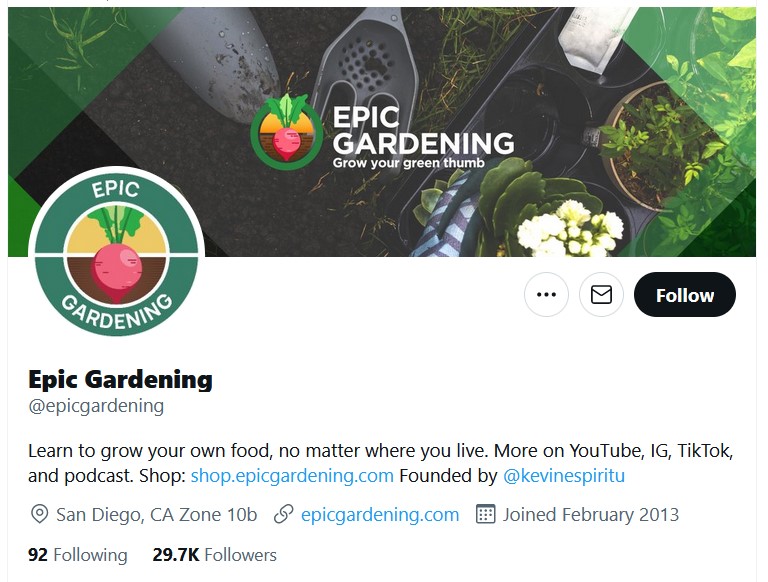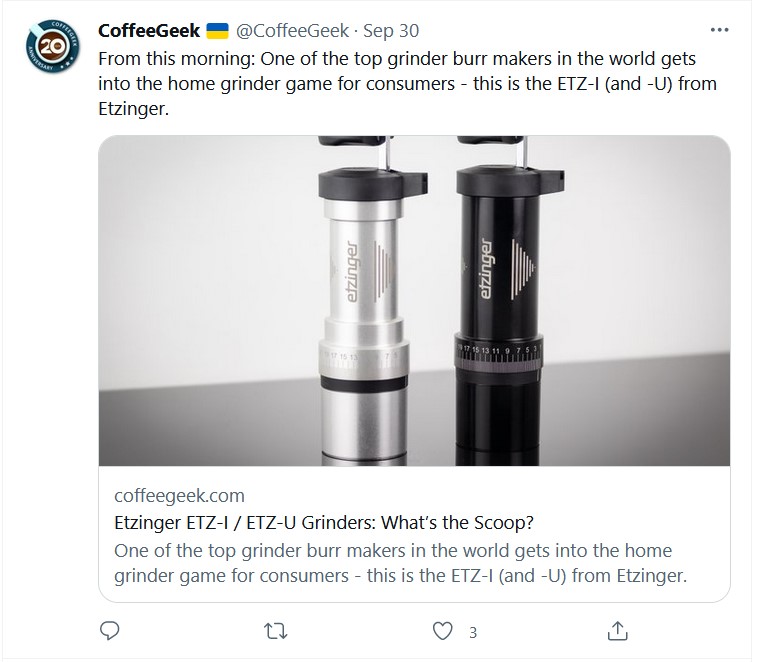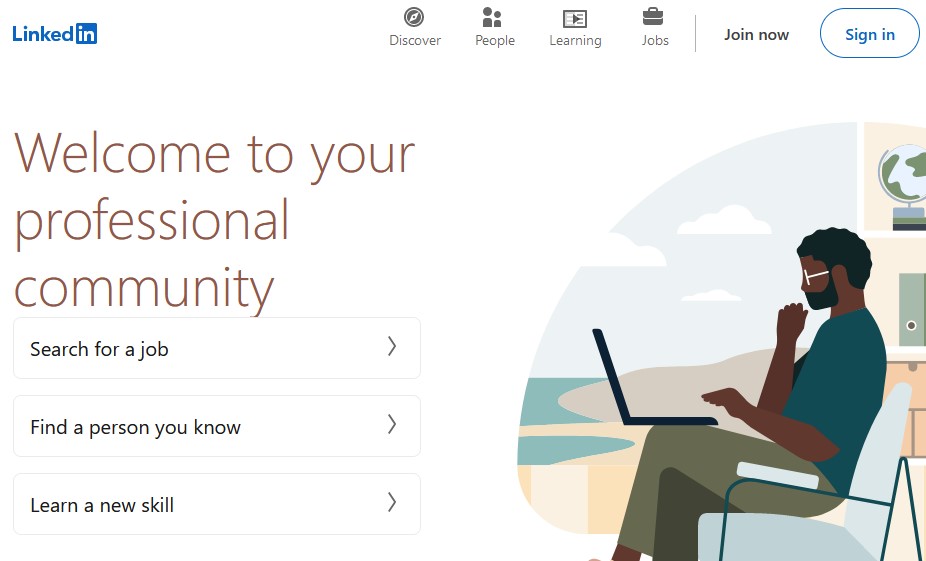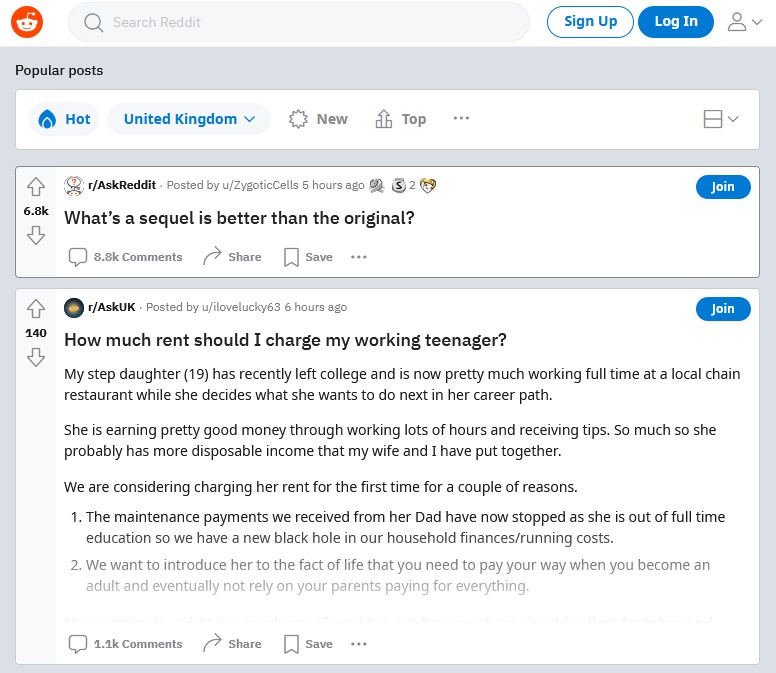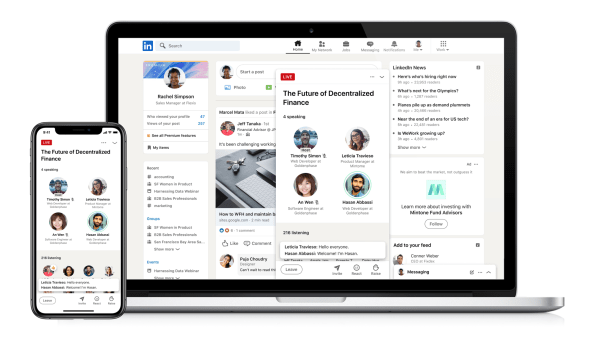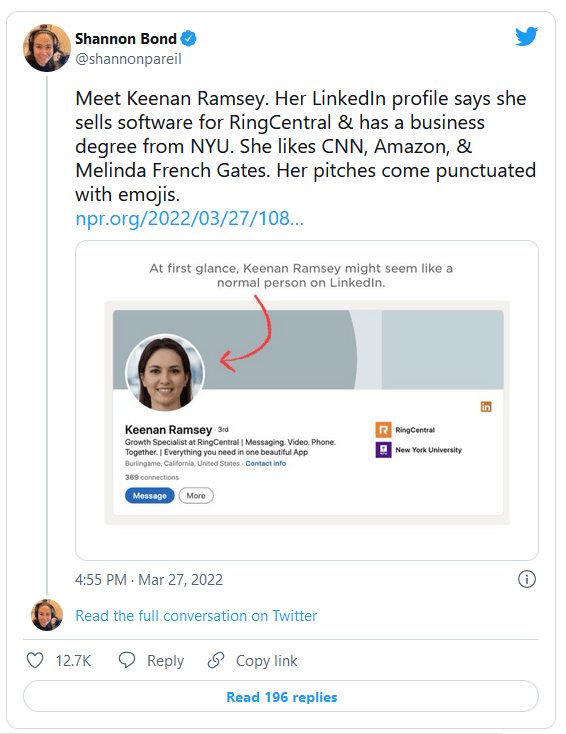LinkedIn is a paradise for many types of business professionals, and if you are not finding success on the platform, it might just come down to your personal branding as manifested in your LinkedIn profile. I hope to inspire you to revise your profile by showcasing some standout LinkedIn profile examples.
Since LinkedIn is a great place to find a job or recruit a new employee, everyone on LinkedIn should have a profile that gives their experience and qualifications, which makes it easy to identify opportunities. Likewise, people in sales use LinkedIn to find sales prospects and decision-makers.
Of course, people don’t only use LinkedIn to locate immediate opportunities. Instead, it’s a place for networking and relationship building. Then, when the time comes, professionals have a network they can rely on for help. This could be a job, help fill a position or even a sale.
With that said, LinkedIn wouldn’t be a powerful tool if people didn’t have high-quality profiles to represent themselves online. Here are some tips to create a great profile, and some LinkedIn profile examples to inspire you.
What’s a LinkedIn Profile?
A LinkedIn profile is a LinkedIn member’s page, where they have a picture, career goals, and other material. In other words, it’s like a business card or personal website but with a social media twist. LinkedIn calls the profile a “professional landing page” because it’s supposed to be the first impression people have of you on the platform. Often, this is the “actual” first impression because LinkedIn introduces a lot of people who’ve never met in person.
Why Should You Update Your LinkedIn Profile?
Updating your LinkedIn profile makes sure that your profile accurately reflects your professional life. People go through a lot of transitions, both personally and professionally, over the years. By keeping your profile updated, you’ll make it easier to meet the right people, find the right opportunities online, and put your best foot forward.
Here’s an example. Especially during a recession, lots of people look for new opportunities. They might go get a degree or new certification, get laid off, or decide a new career is their best bet. Some people even start a business or retire early. In turn, their goals and needs on LinkedIn change. If someone switches from recruiting to operational management in another company or industry, they won’t need to find recruiting candidates anymore. Or, a person starting a business might need new employees. Either way, their LinkedIn profiles should reflect the job changes.
The Elements of a Great LinkedIn Profile
It’s difficult to talk about the best LinkedIn profile examples without talking about what makes them great. After all, some profiles are more effective than others. In addition, LinkedIn profiles can be quite different depending on the member, whether that’s related to their career, their personal goals, or individual branding. With that said, here are some “must haves” for a good profile.
Professional Profile Photo
Having a professional picture is important because profiles with photos are 14 times more likely to be viewed. Besides this, a great picture helps you introduce yourself, especially in an era where there are fewer in-person meetings than there used to be. Therefore, a nice profile picture also helps people recognize you when they meet or see you at some in-person event.
However, you should always use a full-focus photo, and it needs to be a close-up shot. This isn’t where you use special effects or a blurry, poorly focused selfie that you adapted from Instagram. Remember, your LinkedIn profile picture is part of what provides a good (or not so good) first impression.
Besides the need for clarity and professionalism, you’ll need these parameters:
- PNG or JPG file, because this is what LinkedIn requires.
- LinkedIn recommends a square photo shape of 400 x 400 pixels. You can get this by cropping a rectangular picture to showcase your smiling face.
- Generally, you’ll want a file size under 8 MB, though you can go larger if needed.
In other words, choose a small, high-resolution photo that has a relatively small file size. These parameters will get you the best results. Otherwise, the photo might not look nice once it’s posted online.
Cover Photo or Background Picture
This is the picture or graphic that you see at the top of someone’s profile, and it’s a great opportunity to make a splash. Generally, I recommend something that promotes a professional accomplishment or other parts of your online presence. For instance, you can promote a portfolio of work, a website, free resources, books you’ve written, or client testimonials.
These aren’t as difficult to make as you might think. A graphics editing tool like Canva can help you create awesome content for social media. You can use several design elements with this tool and others, offering the opportunity to create something special.
Finally, your cover photo should always reinforce your personal brand. While most people are used to a personal brand when job hunting, in the social media age you should project your brand whenever possible. Ideally, people will see you as a go-to person when they need what you have to offer.
A Brief, Powerful Profile Headline
A great headline is one of the most important elements of great profiles, and you’ll see some of our LinkedIn profile examples highlight this element. One reason for this high level of importance is that the headline text gets shown in search results within LinkedIn and Google SERPs. This means that your profile will get discovered more easily if you have a great headline. Plus, a good headline can help you edge out the competition for that often-critical profile view.
Technically speaking, a headline can be difficult to write. That’s because the headline is limited to 120 characters long, so you need to say it quickly. Be sure to include your industry-related keywords, skills, and interests.
Summary or the About Section
Next, there’s the summary. This is the piece of text below your headline, and it allows for more detail about why you’re special. When people click through your headline and see your profile, they are often on the fence about following up, especially if they are looking for an opportunity more than a particular person (you). The job of your summary or about section is to convince people to contact you.
12 Killer LinkedIn Profile Examples to Inspire You to Update Your Own
Even the best LinkedIn profile tips can be hard to follow if you don’t have some examples. After all, these examples can help you understand the best way to apply the tips. In addition, some inspiration is always useful when you’re writing an expressive piece like this. Here are some of the best LinkedIn profile examples I could find. Each of these can give you some inspiration to write a killer profile yourself.
1. String Nguyen
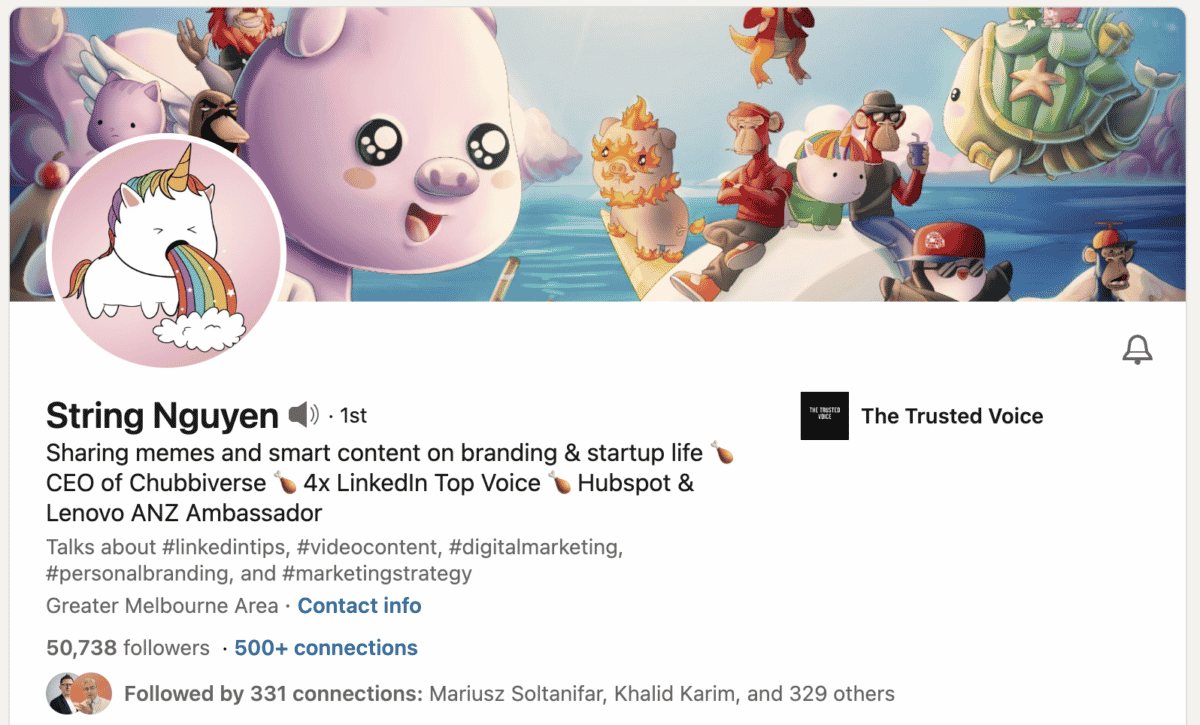
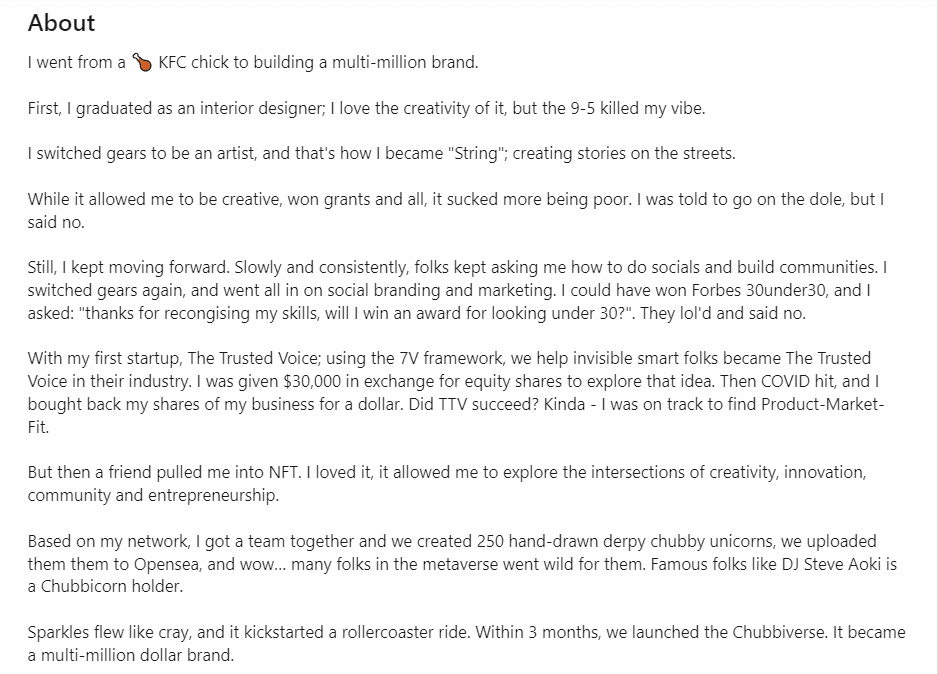
Why is this profile great? At first, her profile immediately grabs your attention. You can tell she is an artist at heart (her qualifications bear this out) and that she’s both unique and motivated. However, this is also one of our better LinkedIn profile examples because of its technical excellence.
- Her headline precisely describes what she does. The string is a serial entrepreneur and creative who makes plenty of money helping other people create wealth (while doing it herself).
- She uses emojis to make her message more memorable. For instance, since her name is String, she inserts violins (stringed instruments) in several places.
- Presents a captivating story about her roller coaster ride from a “KFC Chick to building a multi-million brand.” That includes working a 9-5 job in a conventional career and deciding it wasn’t for her.
- Uses self-deprecating humour: “I could have won Forbes 30 under 30, and I asked: “thanks for recognizing my skills, will I win an award for looking under 30?” They lol’d and said no. ” Somebody who talks like this is generally a competent person who doesn’t let success get to their head.
- Is inspirational – “If a KFC chick can do it, so can you. ” In other words, String knows what she wants, and will work hard to achieve it. This is very attractive to many employers and potential business partners.
2. Laszlo Block

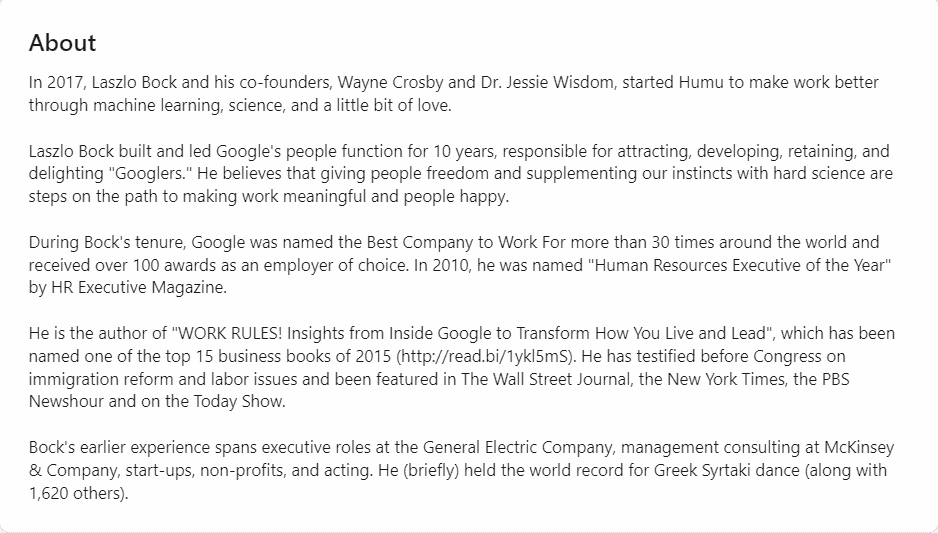
Laszlo is actually a prominent business leader, having served as an executive at Google. However, he left Google to start a new business that takes a more humane approach to human resources. This need for humanity in HR is deeply felt by many within the business community.
Why is this a great profile?
- Besides checking on all boxes, what stands out is the summary section of Laszlo. In five succinct paragraphs, Laszlo weaves his professional story by highlighting his accomplishments and achievements while he was at Google. Then, he talks about his current activities.
- Then, Laszlo gives you a reason to connect with him on a human level: he has a world record for Greek Syrtaki dance which reveals his personal passion. Of course, choosing this particular fun fact helps paint a picture of someone who knows how to relax and have fun.
3. Lalaina Rabary
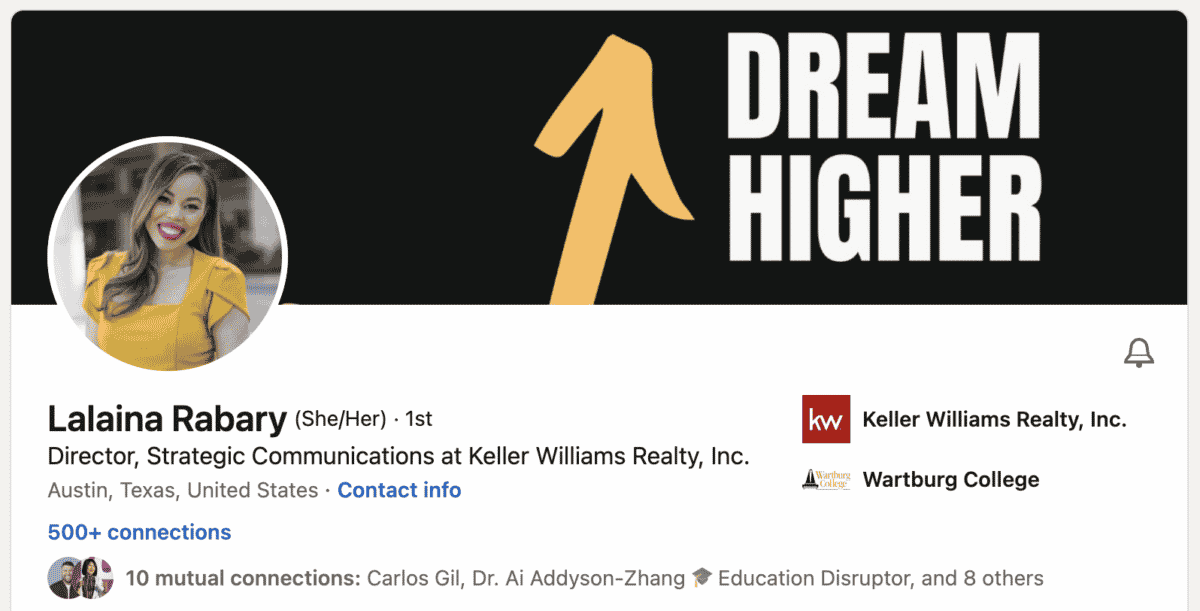
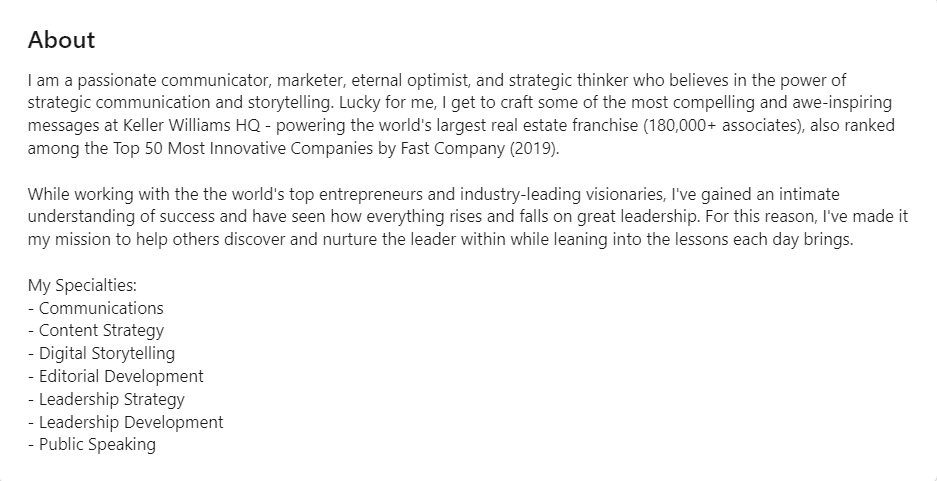
Among the LinkedIn profile examples we’ve discussed so far, Lalaina’s profile is the most conventional. She tells you what she’s like in simple terms, but doesn’t use humor or fun facts to make herself out. It’s all business.
Why is this profile great?
- Her simple background image is impactful because it uses simple symbolism to define her personal brand. In addition, she wears an outfit for her profile picture that’s the same color as her background image, boosting the brand message.
- Reading her summary, you can easily see her passion for her job: She loves it and finds her work very satisfying.
- She ties the messaging of her background photo as well as the passion for her job together in a convincing way to understand her mission, “to help others discover and nurture the leader within,” in a very memorable way.
- Lalaina lists her volunteer work, which also helps support her personal brand as someone who dreams big with heart.
4. Ted Schachter

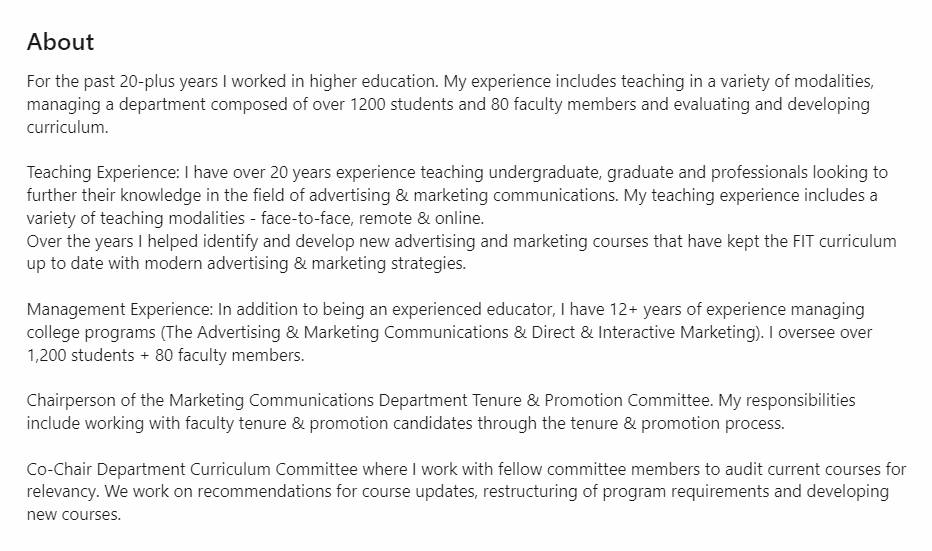
Ted is someone who’s spent a lot of his career in academia. Nowadays, he teaches marketing and communications to the next generation while staying active in the business.
Why is this a great profile?
- Note the consistent branding of his glasses, from his background photo to his profile photo to the emoji in his name. Even better, he tries to use glasses on his profile that are similar to the ones in his photograph. Makes me wonder if similar frames are part of his signature look.
- Ted uses the Featured section smartly to showcase a New York Times article in which he is quoted. Because the New York Times is a well-respected publication, being quoted there is often prestigious.
- He clearly spells out his experiences in a succinct manner in his summary, including numbers so that we can better understand the scale of his many accomplishments. In other words, as someone who’s always looking for additional opportunities (Ted wears many hats), he makes it easy to see what value he can bring.
5. Beth Kanter
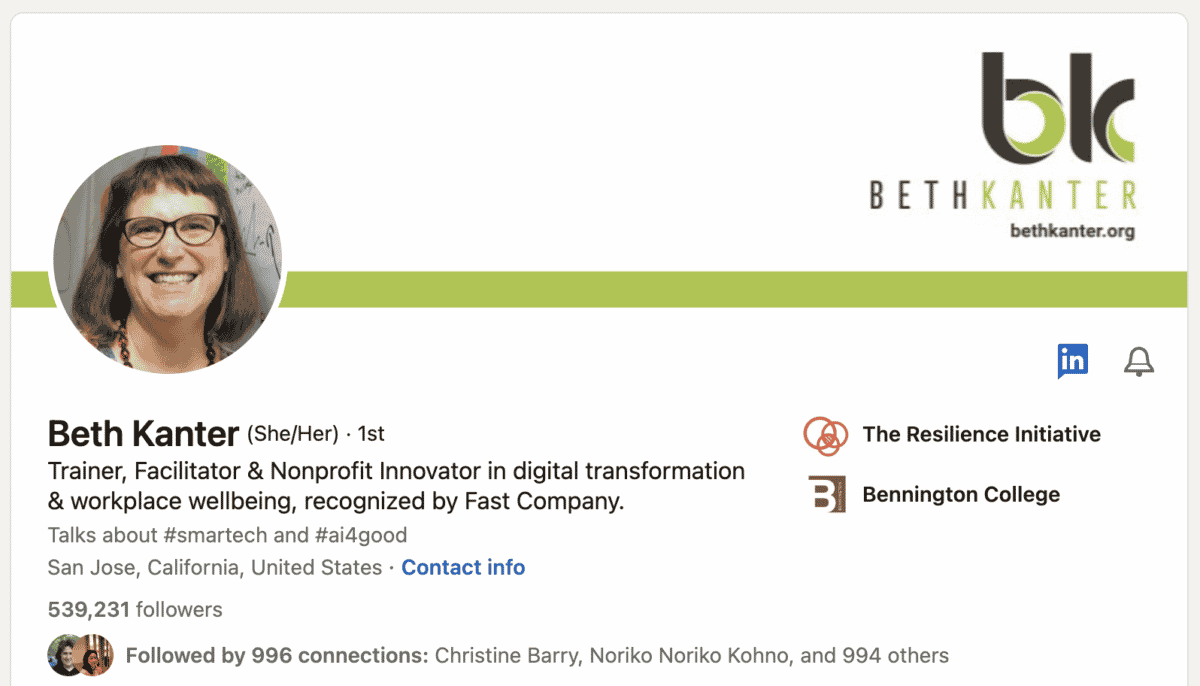
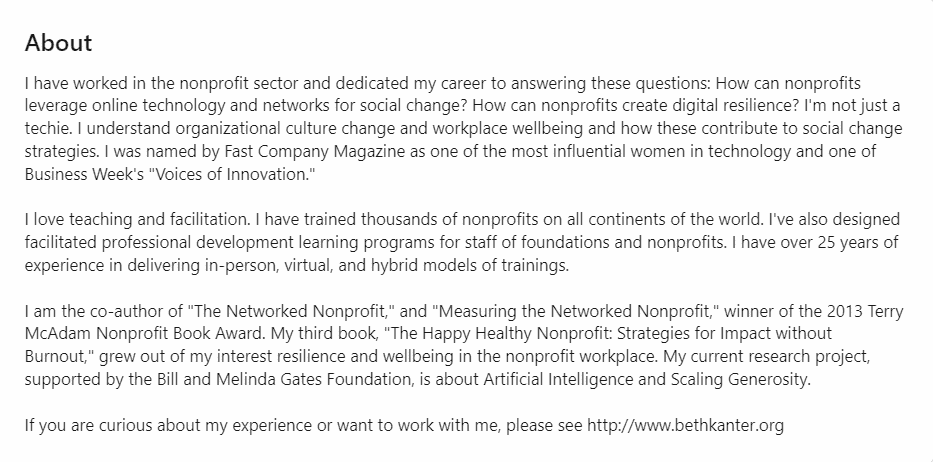
Beth specializes in helping non-profits navigate the digital age, including through a digital transformation. She also helps them reach out to donors and other stakeholders. Her goal is to keep non-profits focused on their human mission even with technology.
Why is this profile great?
- Beth uses a mix of powerful keywords in her headline to convey that not only is she an innovator in the non-profit world for which she is best known. Beth is also known for both digital transformation and workplace wellbeing, creating a truly unique and compelling brand.
- Beth speaks to us directly in her summary where she talks about the questions that have guided her career, leaving a lasting impression on the reader of her passion for serving others.
- At the end of her summary, she not only talks about her past books but also about her present research, supported by the Bill and Melinda Gates Foundation, about Artificial Intelligence and Scaling Generosity. Talking about her sponsored research ties her branding together in a very concise and powerful way.
6. Neil Patel


Neil is a world-famous marketer and technology person that lectures all over the world and owns an agency.
Why is this profile great?
- If you searched Google for anything related to marketing, chances are that you have come across Neil Patel. His profile reflects the wide circulation of his work.
- Neil’s got a professional profile photo and his cover photo lists his expertise in different aspects of digital marketing that reinforce his personal brand.
- The summary section outlines his achievements, including being recognized by President Obama. He says all of this without bragging or coming across as arrogant.
7. Pam Moore
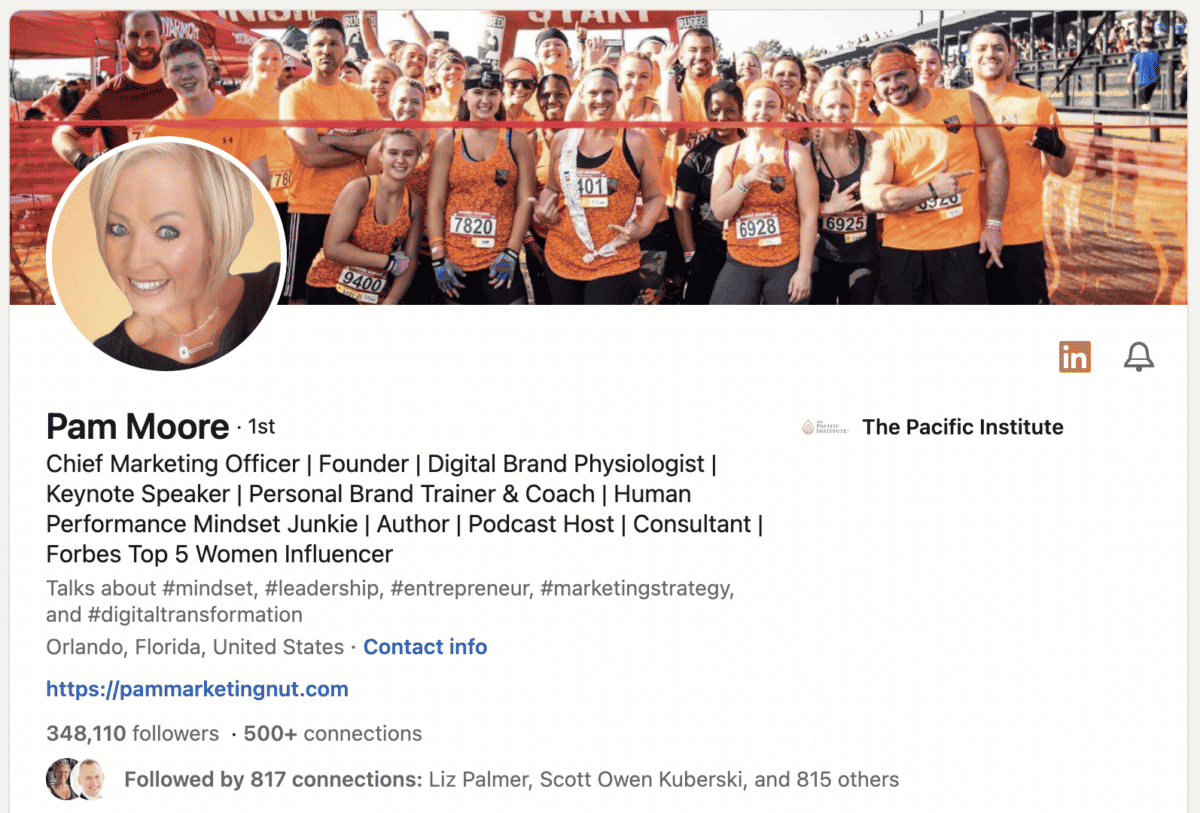
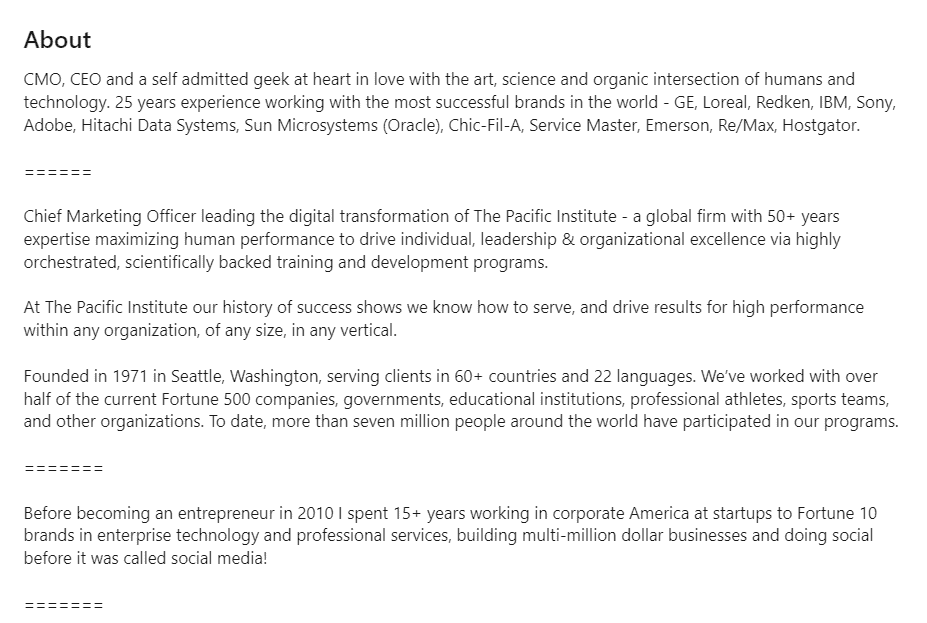
Pam is another veteran marketer, and she’s had a recent job change.
Why is this profile perfect?
- Pam has a nice picture that looks like it came straight out of a magazine and was probably taken by a professional. Besides this great picture, Pam has a cover photo of a foot race. That picture piques the viewer’s interest because there isn’t anything else about running on her profile.
- Her headline has a list of keywords that describe exactly who she is. As a result, you not only know why you should contact Pam, but the keywords help her profile show up on a lot of searches.
- Pam’s summary is quite elaborate, but without being overbearing. In other words, you can quickly see her many accomplishments.
- She has a very complete profile, with information that includes courses, projects, honors, and awards.
8. Anthony Gioeli


Anthony is another marketer, and he specializes in the AI space. Overall, his profile is very down-to-earth and businesslike, without any humor.
Why is this profile great?
- Anthony has a well-rounded profile with a clear focus on his key accomplishments. This way, you can see at a glance what he can do for your company.
- He uses bullet points to highlight his most important points, so busy readers can extract the important information quickly.
- There is an ample amount of endorsed skills and recommendations, which adds to social proof.
- Anthony includes a link to his publication. This way, you can buy the book but also connect the man and the author.
9. Elise Micheals
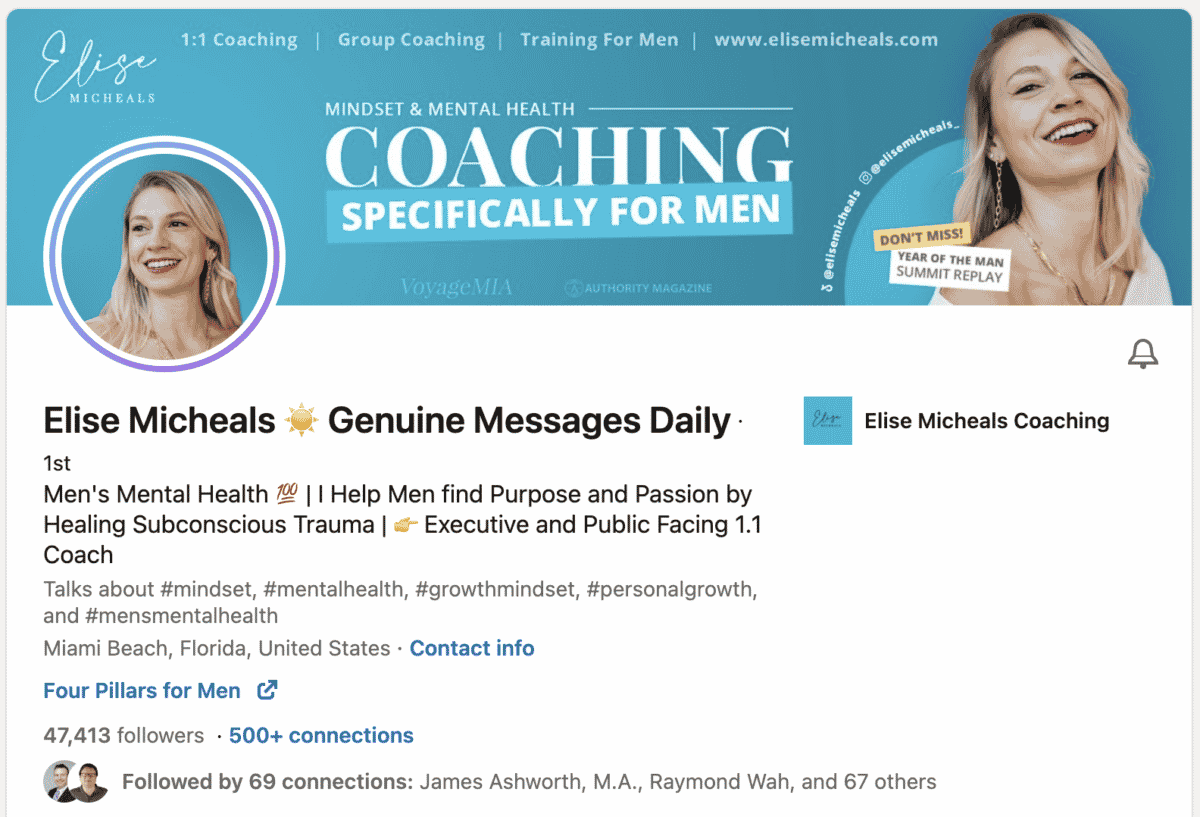

Elise has a sales background, but she’s turned her skills into a new career: coaching.
What’s awesome about this profile?
- Elise’s profile picture has a video behind it if you click. The video message makes her likable and approachable instantly, which is especially important for someone in her field.
- Her banner image precisely says what she does – Coaching, specifically for men. She also helps men push past their failures and work through what’s holding them back.
- The headline clearly states what problem she solves, how she does it, and for whom.
- Elise’s summary uses bulleted lists to outline the problems and solutions she offers, being more specific than her headline.
- As a professional coach, she has listed all her licenses and certifications to establish credibility.
10. Jay Baer


Jay is a superstar marketer for Convince and Convert, as well as a conference speaker and writer. However, that doesn’t mean that his profile has to be boring. Far from it.
Why is this profile incredible?
- Jay has a great headshot that makes one want to know more about him. In particular, his smile is friendly and engaging.
- A branded cover photo shows off his skill set and his tagline while remaining minimalist.
- Jay’s headline is precise and punchy so you’ll remember it easily.
- The opening lines of his summary are to the point and give an immediate impression of his expertise in marketing.
11. Juhli Selby


Juhli is a trainer who specializes in teaching small businesses to do marketing. Her practice focuses on social media techniques.
What is good about this profile?
- Juhli uses a very inviting profile photo combined with her background photo to almost personally welcome us into her backyard in British Columbia. For someone who works with small business owners, this is highly effective because SMBs thrive on personal relationships.
- Her headline is equally inviting, not just in making it clear as to what her specialties are, but also that she is about building relationships online and connecting with opportunity. In other words, Juhli pitches herself as approachable.
- She continues this welcoming environment by featuring her women’s business networking LinkedIn Live replays. Of course, it’s also a great example of simple content marketing.
- Finally, her profile summary begins by focusing on her passion ”to help get more positive voices online” and ends with her real-life passions, humanizing her profile and truly completing a welcoming presence on LinkedIn.
12. Anthony English


Anthony is a business coach, but he also has a heavy IT background. This makes him a multifaceted professional with a diverse point of view. In this profile, Anthony emphasizes coaching because he runs a business doing it.
Why does this profile rock?
- In the headline, he talks about someone named Rachel who charges what she’s worth. This is bound to immediately pique your interest. It also tells what problem he solves for people: not knowing what they are worth professionally, and how to ask for it.
- You will never see another about section like this one. It tells a fictional story about Rachel who is struggling with imposter syndrome. The story is relatable because it talks about the struggles and aspirations of his target audience: small business owners.
- The summary also has a clever CTA that subtly nudges the reader to connect with him – “Do you know a Rachel? She probably wants to connect with me.” Best of all, the CTA drives home his point that someone who is stuck in a rut business-wise needs a coach like him.
LinkedIn Profile Examples Conclusion
Writing a killer LinkedIn profile is important for professionals. After all, LinkedIn these days is more than a resume site. Instead, it’s a place where professionals build their personal brands and look for new opportunities. I hope that these LinkedIn profile examples have helped you to see where your own profile is great, and where it might be lacking.
By Neal Schaffer
Neal Schaffer is an authority on helping innovative businesses digitally transform their sales and marketing. Founder of the digital marketing consultancy PDCA Social, Neal currently serves as a Fractional CMO to several companies. He also teaches at Rutgers Business School and the Irish Management Institute. Fluent in Japanese and Mandarin Chinese, Neal is a popular keynote speaker and has spoken on four continents in more than a dozen countries. He is also the author of 4 sales and marketing books, including Maximize Your Social (Wiley) and the recently published The Age of Influence (HarperCollins Leadership), a ground-breaking book redefining digital influence. Check out Neal’s Maximize Your Social Influence podcast for marketing inspiration.



